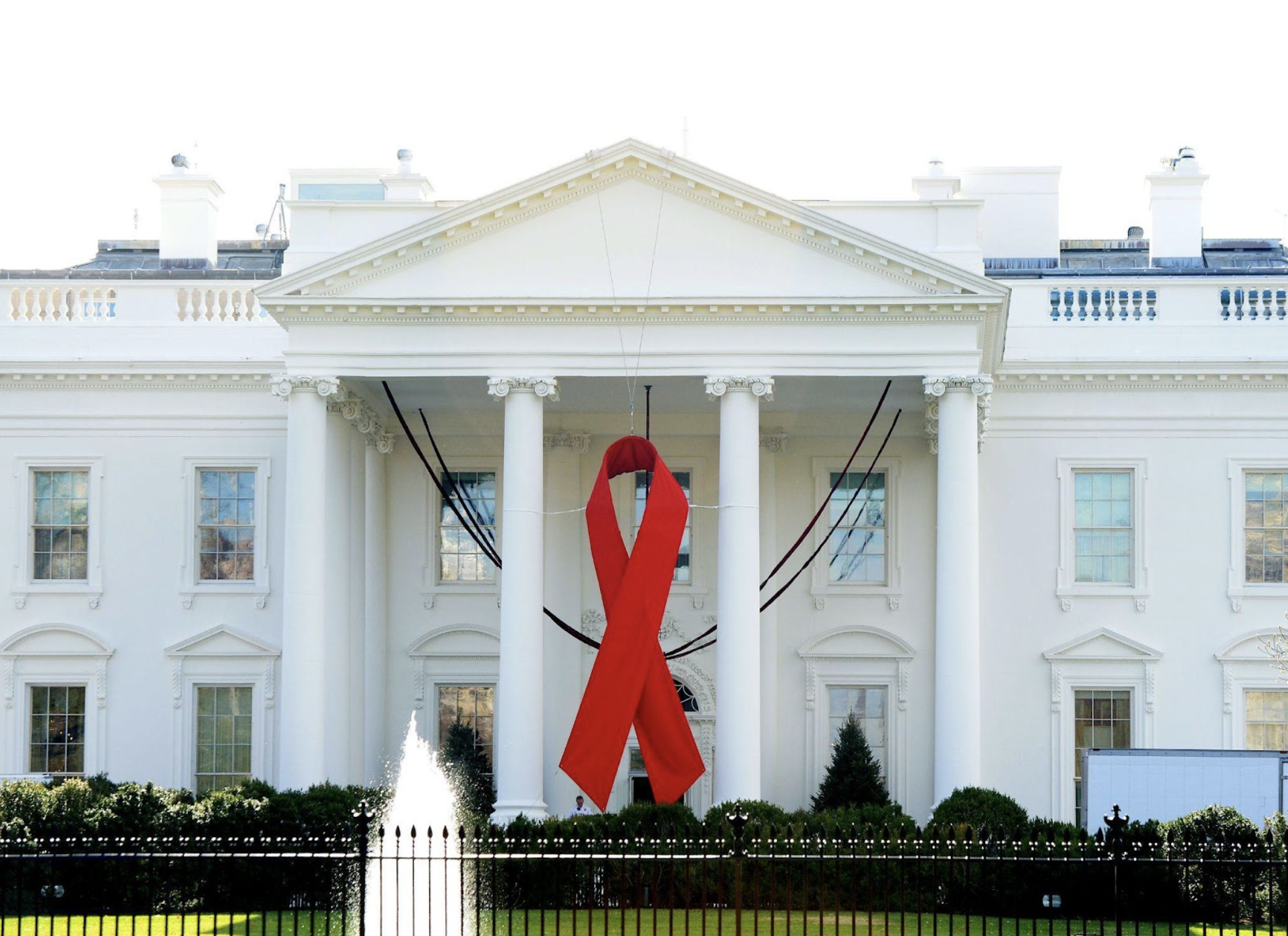In 2019, before the start of the COVID-19 pandemic, there were 1.2 million people living with HIV (PLWH) in the U.S. with 36,801 new diagnoses that year. Sexual minority men (SMM) including gay, bisexual and other men who have sex with men are disproportionately affected by HIV, making up 69% of all new HIV diagnoses in 2019 [CDC]. Black SMM have a 1 in 2 lifetime risk of HIV diagnosis compared to 1 in 5 among Hispanic/Latino SMM and 1 in 11 among White SMM [11]. Additionally, a vast majority of the states with the highest lifetime risk of getting HIV were in the southern region of the U.S. [11]. There have been significant advancements in biomedical approaches to HIV prevention, treatment, and care including pre-exposure prophylaxis (PrEP) for affected communities, and antiretroviral medications for PLWH, which has helped slow the transmission of HIV, bringing us closer to achieving an HIV-free generation [12]. Also, in 2019, the U.S. Department of Health and Human Services launched the Ending the HIV Epidemic in the U.S. (EHE) initiative, which aims to reduce new HIV cases in the U.S. by 90% by 2030 by scaling up key HIV prevention, care, and treatment strategies. On World AIDS Day 2021, President Joe Biden announced a new strategy developed by the reestablished White House Office of National AIDS Policy, which places a particular emphasis on addressing racial (declaring racism a ‘public health threat’) and gender disparities in our health system, to ensure the HIV/AIDS response is truly equitable and meeting the needs of those most affected.
NATIONAL HIV/AIDS STRATEGY TO END THE HIV EPIDEMIC IN THE UNITED STATES BY 2030:
- Incorporates the latest data on HIV incidence, prevalence and trends
- Expands the focus on addressing the social determinants of health that influence an individual’s HIV risk or outcomes
- Encourages reform of state HIV criminalization laws
- Adds a new focus on opportunities to engage the private sector in novel and important ways in














